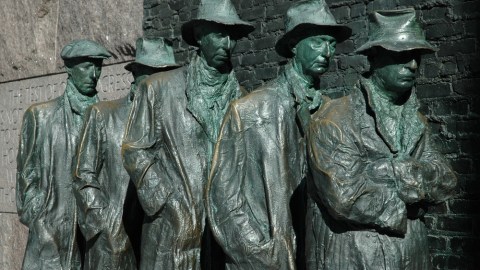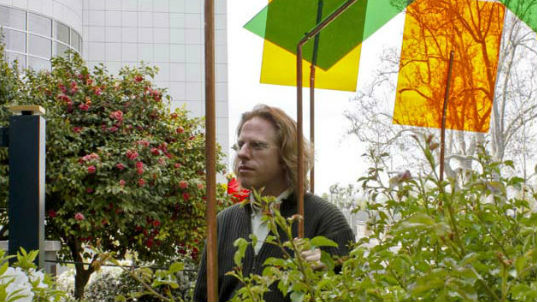A New Kind of Poverty, Turbo-Charged by Inequality

If our great-great grandparents pulled a Rip Van Winkle and woke up from a deep slumber today, says the journalist Sasha Abramsky, they would recognize the levels of inequality, and the poverty that stems from this inequality, all around them. Our great-grandparents and grandparents, on the other hand, would be quite shocked.
Abramsky is the author of The American Way of Poverty: How the Other Half Still Lives, a project that he developed as an update of Michael Harrington’s The Other America: Poverty in the United States. In the early 1960s, Abramsky says, there was a widespread idea that poverty had disappeared in the U.S. Harrington not only proved that this idea was nonsense, he also shamed the country into action. His book deeply influenced members of the Kennedy administration and eventually led to President Lyndon Johnson’s “War on Poverty.”
So how exactly does poverty today compare to Harrington’s time?
Abramsky details the expansion of poverty into “corners of the country that didn’t experience it in previous decades.” In an interview with Jeff Schechtman on Specific Gravity, Abramsky says that the type of poverty that we are seeing not only in rural and urban areas – but spread out throughout suburbia as well, is “a direct result of choices made or not made politically.”
People are struggling with the cost of health care and juggling debt. These Americans used to be regarded as the “hidden America,” but Abramsky describes them as your neighbors today. Maybe he is even describing you.
And so as Congress debates policies today – whether it is food stamps or head start – that impact the growing number of people living on the margins, Schechtman asks Abramsky if we need a new “war on poverty” today.
Listen here:
Click here to listen on your iphone or ipad
Image courtesy of Shutterstock




